January 23, 2020
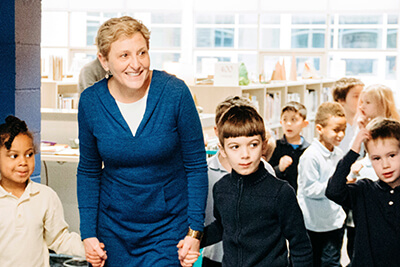 Since returning from winter break, being on campus has been extra exciting and bustling in the brand new library! We asked MPA Librarian Nancy Lage to reflect on the first few weeks of the library being open. “Our beautiful new state of the art library is located in the heart of the school. It has exceeded all of my expectations and I’m so grateful that our entire community will now have the opportunity to enjoy it,” she said. In between flurries of classes eager to use the new spaces on campus, she had wonderful recollections to share. But if you have not been in the new space yourself, we invite you to experience it firsthand!
Since returning from winter break, being on campus has been extra exciting and bustling in the brand new library! We asked MPA Librarian Nancy Lage to reflect on the first few weeks of the library being open. “Our beautiful new state of the art library is located in the heart of the school. It has exceeded all of my expectations and I’m so grateful that our entire community will now have the opportunity to enjoy it,” she said. In between flurries of classes eager to use the new spaces on campus, she had wonderful recollections to share. But if you have not been in the new space yourself, we invite you to experience it firsthand!
Do you have a favorite new library moment so far?
It’s been so rewarding to watch students, parents, and colleagues walk in the new library for the first time. Many people feel a lot of emotion. They look around and see how beautiful the new spaces are, and it gives them an overwhelming feeling of joy, excitement, and inspiration. To see the expressions on their faces is just priceless–I wish everyone could have the opportunity to see what it’s like when people walk in and see the facility for the first time. I think those emotional moments that took me by surprise are my favorite.
What are students saying about it?
I hear them say “It’s beautiful, my favorite spot in the school, awesome, I love it, it’s so bright, I love the natural light, it’s a great use of space… can I live here?!” A student recently entered the library and just stood there. When I asked if I could help her with something, she said, “I’m just looking at all the spaces and trying to decide which one I like the best!” And parents have a lot to say, too. A parent recently stopped in and said, “When I walk into the library, I feel the spirit of the school. This space is so inspiring.”
How are classes in the library enhanced?
The new library was built on doing what’s best for students. It’s a place of opportunity, a learning center where students use the best resources and technology available in a safe and nurturing environment. Not only do we have spaces for reading, research and collaborative learning, but we have a fireplace that provides warmth and comfort, individual study spaces, a vibrant and whimsical children’s room, gallery spaces for student artwork, and a brand-new display space for social studies and world language departments to share cultural projects.
Describe how you feel in the new space in three words.
In terms of how I’m feeling: inspired, grateful, energized. When thinking about the space itself: joy, connection, purpose. How it’s affecting students: imagine, explore, dream.
What are you looking forward to?
First of all, there’s been a dramatic increase in the number of students coming in to use the new spaces and resources, which is fabulous! I’m looking forward to working with students in this new facility to encourage and help enable them to become independent readers and learners. I want the whole community to benefit from all the enrichment this dynamic new library provides!
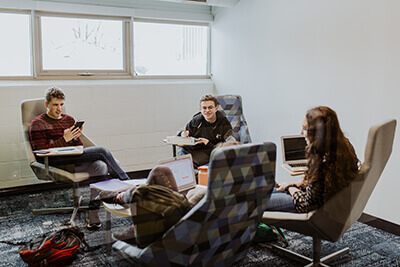 by Dr. Bill Hudson, Head of School
by Dr. Bill Hudson, Head of School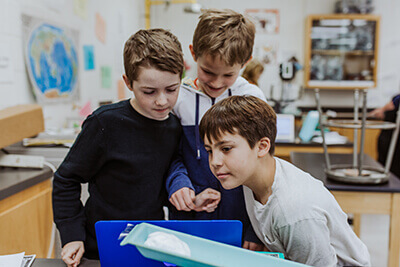 by Dr. Bill Hudson, Head of School
by Dr. Bill Hudson, Head of School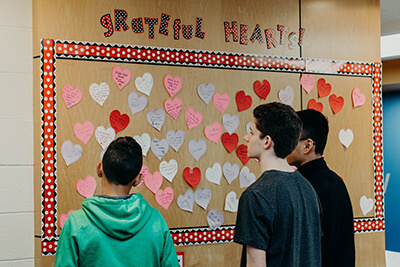 by Jenn Milam, Ph.D., Middle School director
by Jenn Milam, Ph.D., Middle School director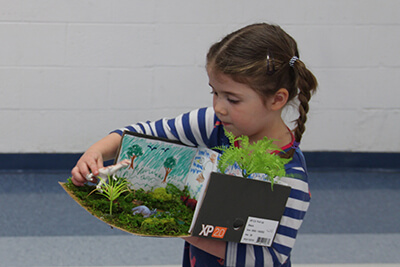 We’re interviewing the Makers you’ll meet at at Maker Fest 2020 on Saturday, February 22! Eloise is a Lower School student who spends her time building, making, drawing, and experimenting with all kinds of materials. She is also passionate about animals and the environment.
We’re interviewing the Makers you’ll meet at at Maker Fest 2020 on Saturday, February 22! Eloise is a Lower School student who spends her time building, making, drawing, and experimenting with all kinds of materials. She is also passionate about animals and the environment.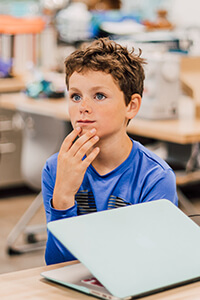 As consumers, we have the option of customizing virtually any purchase–education included. Parents can select from a wide range of school types, each with their own structure and approach. Making the best choice for your child starts with understanding the common characteristics of each kind of school: public and charter, private and independent, and religious and parochial.
As consumers, we have the option of customizing virtually any purchase–education included. Parents can select from a wide range of school types, each with their own structure and approach. Making the best choice for your child starts with understanding the common characteristics of each kind of school: public and charter, private and independent, and religious and parochial.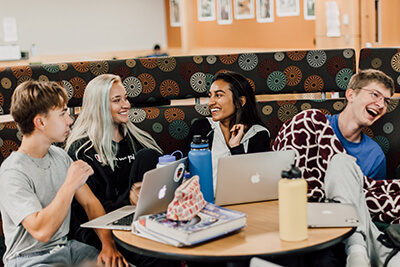 by Dr. Bill Hudson, Head of School
by Dr. Bill Hudson, Head of School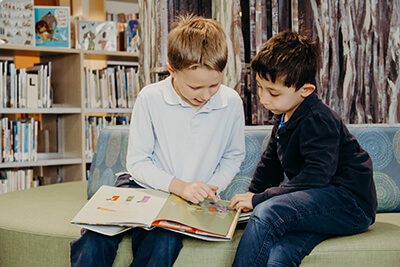 Joanne Olson, MPA’s first Lower School director, is fond of saying that MPA was born “of a dream and a shoestring.” What started as the dream of founders Bob Kriescher and Sandy Kriescher Smith, quickly became the dream of parents and educators from across the Twin Cities. Bob, Sandy, our founding teachers, board members, and parents pooled what resources they could muster to make their dream a reality on a shoestring budget that would have a lasting impact.
Joanne Olson, MPA’s first Lower School director, is fond of saying that MPA was born “of a dream and a shoestring.” What started as the dream of founders Bob Kriescher and Sandy Kriescher Smith, quickly became the dream of parents and educators from across the Twin Cities. Bob, Sandy, our founding teachers, board members, and parents pooled what resources they could muster to make their dream a reality on a shoestring budget that would have a lasting impact.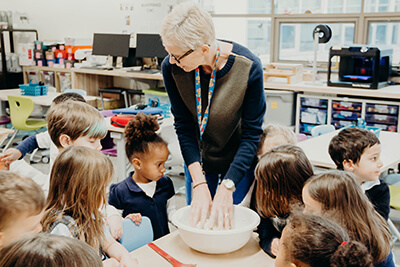 We’re interviewing the Makers you’ll meet at at Maker Fest 2020 on Saturday, February 22 so you can get to know them ahead of time! Debbie LaChapelle is MPA’s PreK teacher who loves to use the Makerspace to channel her students’ and her own creativity.
We’re interviewing the Makers you’ll meet at at Maker Fest 2020 on Saturday, February 22 so you can get to know them ahead of time! Debbie LaChapelle is MPA’s PreK teacher who loves to use the Makerspace to channel her students’ and her own creativity. Since returning from winter break, being on campus has been extra exciting and bustling in the brand new library! We asked MPA Librarian Nancy Lage to reflect on the first few weeks of the library being open. “Our beautiful new state of the art library is located in the heart of the school. It has exceeded all of my expectations and I’m so grateful that our entire community will now have the opportunity to enjoy it,” she said. In between flurries of classes eager to use the new spaces on campus, she had wonderful recollections to share. But if you have not been in the new space yourself, we invite you to experience it firsthand!
Since returning from winter break, being on campus has been extra exciting and bustling in the brand new library! We asked MPA Librarian Nancy Lage to reflect on the first few weeks of the library being open. “Our beautiful new state of the art library is located in the heart of the school. It has exceeded all of my expectations and I’m so grateful that our entire community will now have the opportunity to enjoy it,” she said. In between flurries of classes eager to use the new spaces on campus, she had wonderful recollections to share. But if you have not been in the new space yourself, we invite you to experience it firsthand!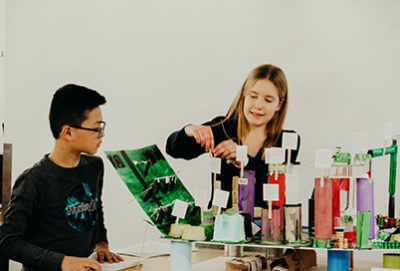 by Dr. Bill Hudson, Head of School
by Dr. Bill Hudson, Head of School